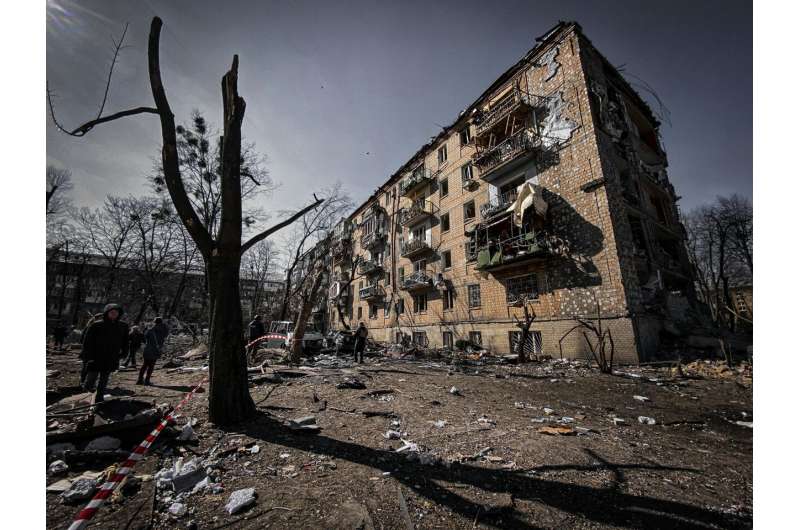This article has been reviewed according to Science X's editorial process and policies. Editors have highlighted the following attributes while ensuring the content's credibility:
fact-checked
peer-reviewed publication
trusted source
proofread
Avoiding media-fueled psychological distress

Viewing, engaging with and sharing graphic images poses a profound public health threat. The proliferation of graphic images of war or other violent acts, such as mass shootings, has become an inescapable reality, especially with the advent of social media, which can spread the horror with the click of a button.
In an invited perspective published online in Proceedings of the National Academy of Sciences, lead author E. Alison Holman, UC Irvine professor of nursing and psychological science; Roxane Cohen Silver, UC Irvine Distinguished Professor of psychological science, public health and medicine, as well as vice provost for institutional research, assessment and planning; and Dana Rose Garfin, assistant professor-in-residence at UCLA's Fielding School of Public Health, have applied their decades of research on viewing mass violence in both traditional and social media to the ongoing conflict between Israel and Hamas.
Their studies of the aftermath of other collective traumatic events, including the 9/11 attacks and the Boston Marathon bombings, have linked extensive media exposure to heightened stress symptoms. This association appears to operate cyclically, with greater exposure predicting increased distress, which can lead to spending more time immersed in this behavior after subsequent tragedies. The Israel-Hamas war provides a current, real-time context for these issues, as the graphic images coming out of the Middle East can be highly disturbing to those who view them again and again.
"Warring parties often use these pictures and videos as propaganda to shock the public and garner public support for one's side," Holman says. "They can be deliberately mislabeled and used to spread mis- and disinformation about what actually happened, with the aim of manipulating opinions and emotions. Vulnerable individuals, such as those who are emotionally tied to the events by sharing an identity with victims or those who have experienced violence in the past, are at greater risk for harm."
There are differing opinions on the societal implications of viewing such images. Some argue that they increase transparency and awareness, while others caution against desensitization and emotional numbing. Achieving a balance between free information dissemination and ethical considerations poses a complex challenge for both sides.
To address the situation, the scholars encourage policymakers to promote widespread media literacy campaigns to educate the public about ways to identify the veracity of images they're viewing, as well as how to limit extensive exposure to and sharing of graphic images.
"We must act with compassion as we grapple with how to inform the public without causing emotional overload," Holman says. "Programs must be implemented that help prevent people from being pulled into a vicious cycle of misinformation, disinformation and stress."
More information: E. Alison Holman et al, It matters what you see: Graphic media images of war and terror may amplify distress, Proceedings of the National Academy of Sciences (2024). DOI: 10.1073/pnas.2318465121



















